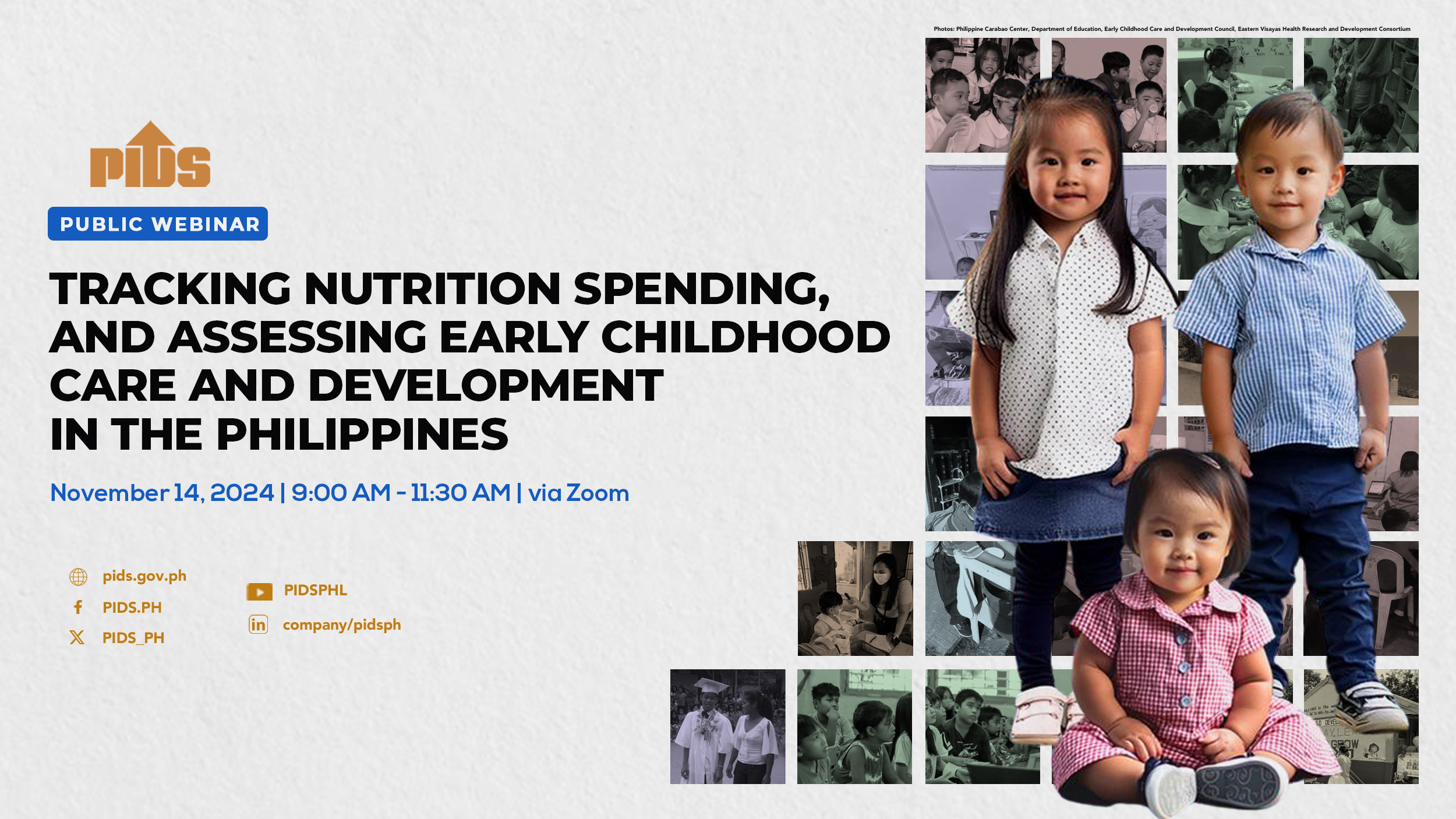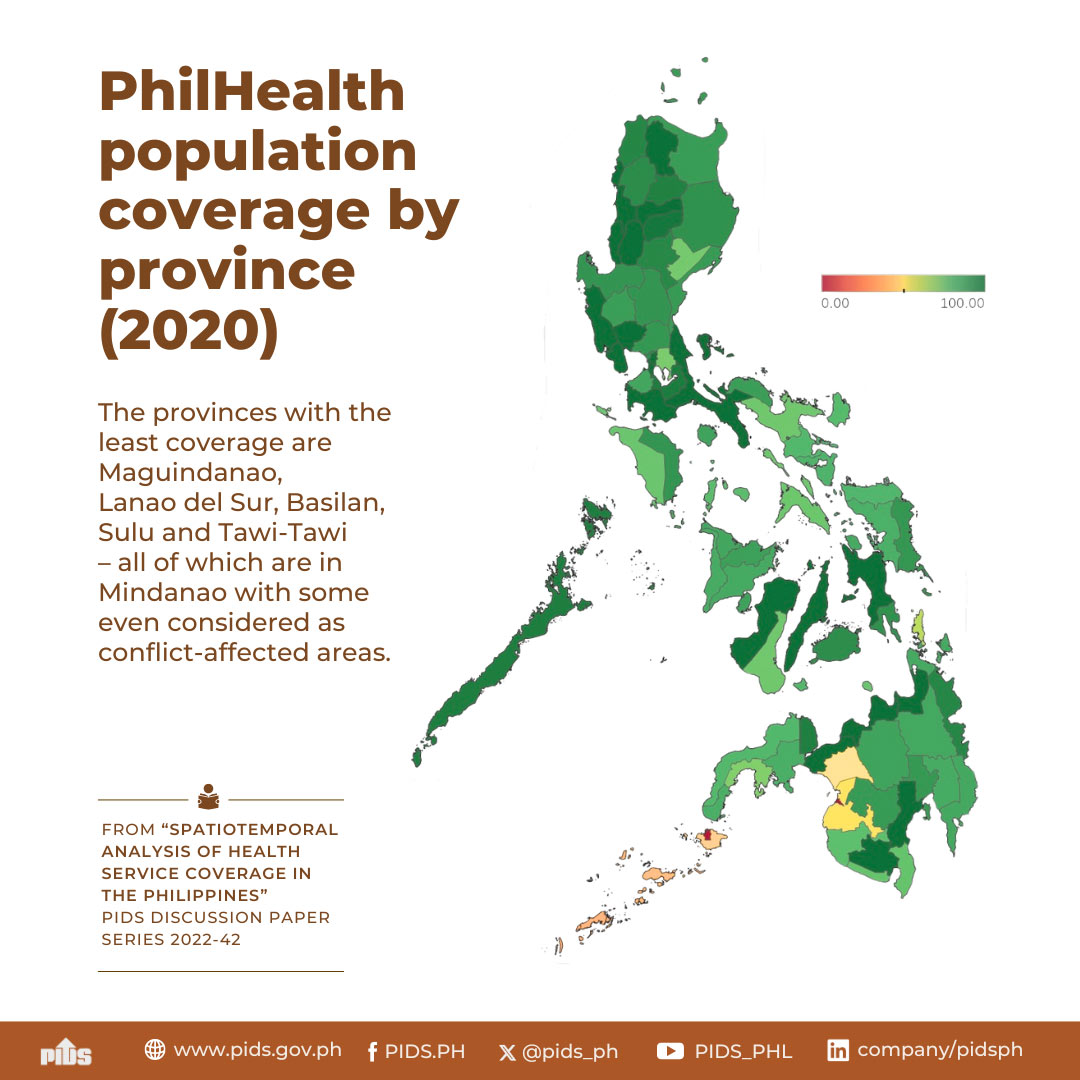Sixty percent of Filipinos die without seeing a doctor. This is according to the 2013 Philippine Health Statistics of the Department of Health (DOH). Interestingly, this was the same finding of the DOH-Philippine Institute of Development Studies Baseline Studies on Health Care Financing Reforms conducted in 1991. In short, over a span of 25 years, we have not made a dent on a very important measure of access to health care. Both human resources for health and health infrastructure are severely lacking.
On the average, 1,667 Filipinos share one doctor; each hospital bed is allotted to about 1,000 Filipinos. These fall short of the global standard of 1,000 individuals per doctor and 200 per hospital bed. Truly, the current capacity of the Philippine health sector leaves much to be desired. The health sector is operating beyond full capacity.
Prior to the pandemic, these statistics were known only to health policy researchers, including myself. Today, because of Covid-19, these statistics are now known and felt, and have become sources of anxiety.
Every Filipino wakes up to a grim reality: Today, Covid-19 could hit me. And when it hits, what shall I do? Where do I get tested? Do I need to be isolated? Do I need to report to health authorities? Do I need to go to the hospital? Can I manage my symptoms on my own? What medicine do I take? Must my family isolate too? If needed, which hospital do I go to? How substantial a financial setback will Covid-19 create? Can I find a hospital that will admit me at this time of severe bed shortages? Could I die in a tent while waiting for a hospital bed?
The answer to many of these questions can be easily provided by a family physician. But the sad reality is that having one's own physician is a luxury. Alternatively, the government can provide the needed information and assistance through the Barangay Health Emergency Response Teams (BHERTs). Unfortunately, BHERTs are not fully deployed everywhere.
In a situation where basic information is not forthcoming, a likely reaction is an overreaction. Erring on the side of caution and going to the hospital is perhaps the typical reaction. Based on DoH data, less than 5 percent of Covid-19 cases are moderate to critical and require hopitalization. Yet, the Philippine Health Insurance Corp. (PhilHealth) claims data show that at least 80 percent more than the number of moderate to critical cases seek hospital care. That is, nine percent of Covid patients have been hospitalized and filed claims for PhilHealth benefits.
The current problem of not having enough hospital beds could be the offshoot of an ineffective BHERTs system, which is expected to filter out the Covid-19 cases that require hospitalization from those that could be managed at home. If only barangay (village) health workers were fully and effectively deployed, home care would then be a viable treatment plan for Covid-19 patients with mild symptoms. Hence, the number of hospital admissions could be limited only to those with more severe symptoms. This way, hospitals and their staff need not be overwhelmed and overworked.
Our frontliners are exhausted. They've been working continuously despite the substantial risks involved. A total of 25,214 frontliners have contracted Covid-19, and 105 have died so far. What makes their situation worse is the failure of the government to provide protection and compensation that are due them. While Congress had authorized the payment of P13 billion for various allowances, the DoH did not fully utilize this fund and returned the excess to the Treasury. It is a classic case of, "Pera na, naging bato pa (Money became stone already)."
The health-care system, as it is today, cannot sufficiently respond to Covid-19. There is a clear lack of primary-care providers and infrastructure. A primary care provider is responsible for providing navigation through the health-care system. He or she tells you about disease prevention and wellness. You see him or her at the onset of symptoms. At that point, he or she tells you what to do. He or she is what you need in the time of Covid-19. Immunization falls squarely within the ambit of primary care. As of this writing, less than 25 percent of Filipinos have been fully vaccinated.
The Universal Health Care (UHC) law, which came into force in February 2019, provides that every Filipino must have a primary-care provider, whether private or public. The law is clear. It is spot on. It is precisely what we need. Fast forward to today, and primary care continues to be practically nonexistent. PhilHealth recently reported to Congress that it had launched the Konsulta package, which appears to be the implementation of the UHC provision on primary care, and that it now covered about 30,000 Filipinos. This was not even one-half of one percent of the entire population!
It is clear from the UHC law: primary care is a right. We must demand it from the government. Now.
Primary health care is your right












